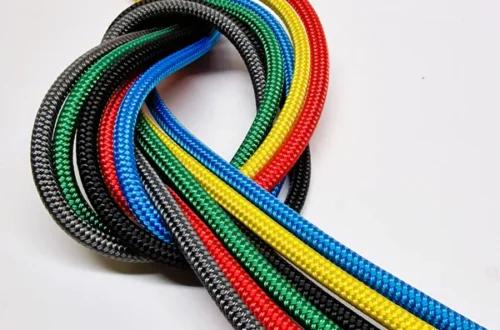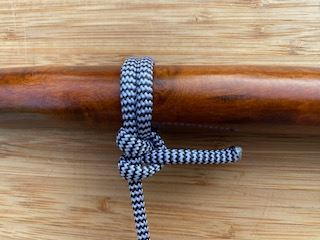River / Stream Crossings: Best Practical Tips for Hikers and Trekkers
River and stream crossings offer a mix of excitement and challenge.
There are various factors range from navigating shallow streams to traversing deep rivers. Whether one opts for fording, using a bridge, or sailing across in a boat, the primary focus remains on assessing the environment and choosing the safest approach.
Essential considerations:
Scout for safer crossings by thoroughly exploring upstream and downstream to find the most suitable and secure location.
Depth of the water , current intensity, and the nature of the terrain; emphasizing the paramount importance of prioritizing safety above all else.
Look downstream; consequences are crucial if you get swept away by the current
A straight stretch of a river may allow for quicker crossing, but it’s likely to have a consistent current speed and a uniform, potentially slippery bottom.
Slow, deep water is often safer than shallower, swift water!!
Guidelines for Safe River or Stream Crossings:
Prepare for Quick Release: Loosen your chest (sternum) strap and waist belt during river crossings to enable swift removal of your daybag or rucksack in case of a fall. This facilitates quick shedding of the pack, which initially might be more buoyant than you and could inadvertently force you face down or drag you under when filled with water.
Waterproof Essentials: Safeguard crucial items such as electronics, a sleeping bag, and warm clothing by storing them in waterproof stuff sacks within your pack.
Proper Footwear: Avoid crossing barefoot to protect your feet from potential hazards. Sturdy footwear offers necessary protection and grip.
Shuffle and Stay Grounded: Shuffle your feet across the water, maintaining as much contact with the ground as possible to ensure stability and prevent slipping.
Safety in Numbers: Link arms or hold hands with fellow trekkers to create a supportive network, enhancing balance and mutual assistance during the crossing.
Face Upstream, Angle Downstream: Face upstream while crossing and adopt a shallow downstream angle, allowing the current to assist your movement rather than resist it.
Utilize Hiking Aids: Employ hiking staff or poles as an additional support, acting as a third leg to aid balance and stability throughout the crossing.
Identify Safe Sections: Often, the safest crossing point might be within a deep, slow-moving area, offering a more stable and manageable passage.
Assessing and adapting to the conditions in the moment is crucial. These guidelines serve as a foundation for safe water crossings, but each situation may require its own unique approach.
Stay alert, prioritize safety, and adapt your strategy accordingly.
If you find yourself or friends in serious difficulties, it is far better to turn back than not come back!
**Never, never… underestimate the power of water.
**I want to tell you more about my extraordinary journey.




